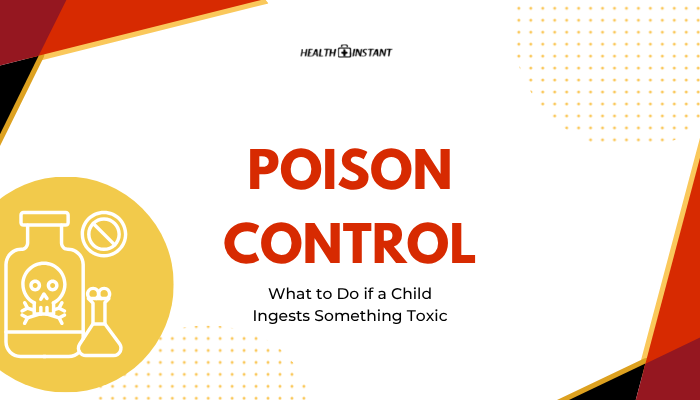What is Sinus Infection?
Sinus infection is involved in high proportion of upper respiratory tract infection. It is often due to invasion from a pathogenic microorganism such as virus, bacteria and fungi. It may also be caused by allergies and structural abnormalities. The infection often leads to inflammation of the paranasal sinus which is then referred to as sinusitis. Although some cases may be viral and bacterial, it is regarded as non infectious. Infection of the sinus may cause intermittent blockage of the ostium that may subsequently lead to nasal air way obstruction.
Sinus is a hollow cavity and is air filled that is connected to the nasal airway through a narrow hole called ostium. Humans have four pairs of sinuses which are all open to the nasal airway via the ostium. These four pairs are frontal sinus, maxillary sinus, ethmoid sinus and sphenoid sinus and these are all termed as paranasal sinuses. The sinuses are responsible for decreasing the weight of the skull, buffer against facial trauma, voice resonance and humidify and warm the air in its surroundings.
Causes of Sinus Infection
There are a lot of causes that may bring sinus infection and predispose one from sinusitis. Various causes are dependent on how an individual is predisposed such as environmental, abnormalities and even accidental situation leading to facial trauma that may hamper the nasal airway and paranasal sinuses.
- Common colds
- Allergies
- Tissue irritant which may include over the counter nasal spray and cigarette smoke
- Decrease in water content of paranasal sinuses
- Medications that can dry the mucus lining such as antihistamines
- Insufficient humidity in air
- Complication from an existing health condition such as AIDS or immunodepressed individual
- Multiple traumas brought by disasters such as tornadoes and tsunamis where fungi may be inhaled from disturbed soil and water.
- Bacterial infection which have five types of bacteria that may invade the paranasal sinuses and these are:
- Haemophilus influenza
- Streptococcus pneumonia
- Moraxella catarrhalis
- Streptococcus pyogenes
Do I need antibiotics for sinus infection?
Antibiotic treatment is prescribed if the origin of sinus infection is by bacterial invasion. Bacterial infection will manifest through symptoms such as facial pain and nasal discharge that appears like pus where the manifestations last for more than a week. This condition cannot be even alleviated or treated with nasal medicines bought over the counter.
What kind of Antibiotics Used for Sinus Infection
Prescription of antibiotic treatment for sinus infection depends on the severity and type of bacterial infection. Patient’s condition and medical history is also noted prior to antibiotic treatment. Bacterial resistance should also be noted. However, there are two types of antibiotic used for sinus infection.
- Penicillin – are group of antibiotics derived from Penicillum fungi that is beta-Lactam and effective in treating bacterial infection from susceptible Gram-positive microorganism. Penicillin do not kill bacteria but prevent it from multiplying through forming walls that surrounds them
- Cephalosporin – a class of beta-Lactam antibiotics derived from Acremonium and is indicated for prophylaxis and treatment of bacterial infection. It has the same action with penicillin only it is less susceptible to penicillinases. It is a synthetic antibiotic usually prescribed for patients who have allergic reaction to penicillin.
List of Antibiotics for Sinus Infection Treatment
Penicillin Type
Generic Name: Amoxicillin
Brand Name: Amoxil, Dispermox, Trimox
A less moderate spectrum belonging to penicillin group commonly prescribed for its absorption property and is also commonly prescribed to children.
Generic Name: Amoxicillin and Clavulanic Acid
Brand Name: Augmentin, Augmentin XR
Amoxicillin is a penicillin type combined with clavulanic acid which enhances the effectiveness of amoxicillin to treat bacteria that is resistant to amoxicillin alone.
Cephalosporin Family
Generic Name: Cefaclor
Brand Name: Raniclor
Antibiotic of cephalosporin family that is semi-synthetic and the action mode is the same as penicillin antibiotic but is prescribed to patient with allergy to penicillin.
Generic Name: Clarithromycin
Brand Name: Biaxin
Chemically related to erythromycin and is a semi-synthetic macrolide antibiotic
Generic Name: Azithromycin
Brand Name: Zithromax, Zmax
A macrolide antibiotic chemicall y related to both erythromycin and clarithromycin and act by preventing bacterial proliferation through interfering with bacterial ability of making proteins.
Side Effects of Antibiotics for Sinus Infection
Almost all of the antibiotics intended for the treatment of sinus infection have similar side effects except for macrolide antibiotics where side effects are well tolerated. However, below is a list of side effects from antibiotic treatment.
- Diarrhea
- Nausea
- Vomiting
- Dizziness
- Confusion
- Abdominal Pain
- Heartburn
- Rashes
- Itchiness
- Hypoglycemia






